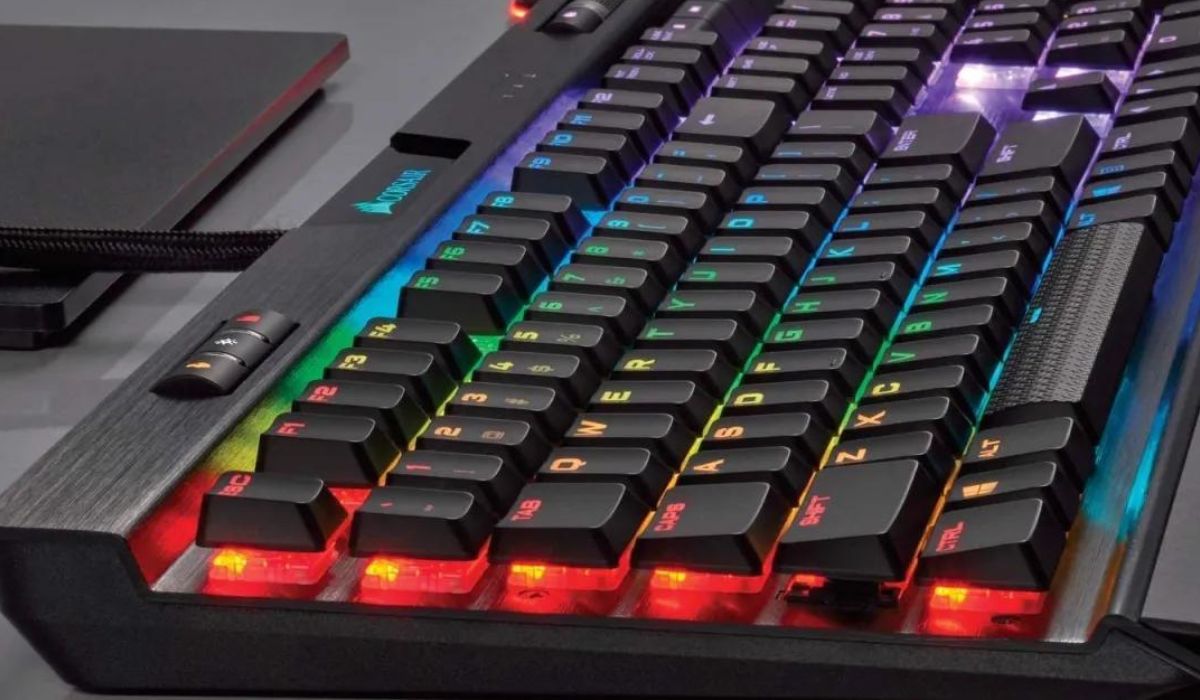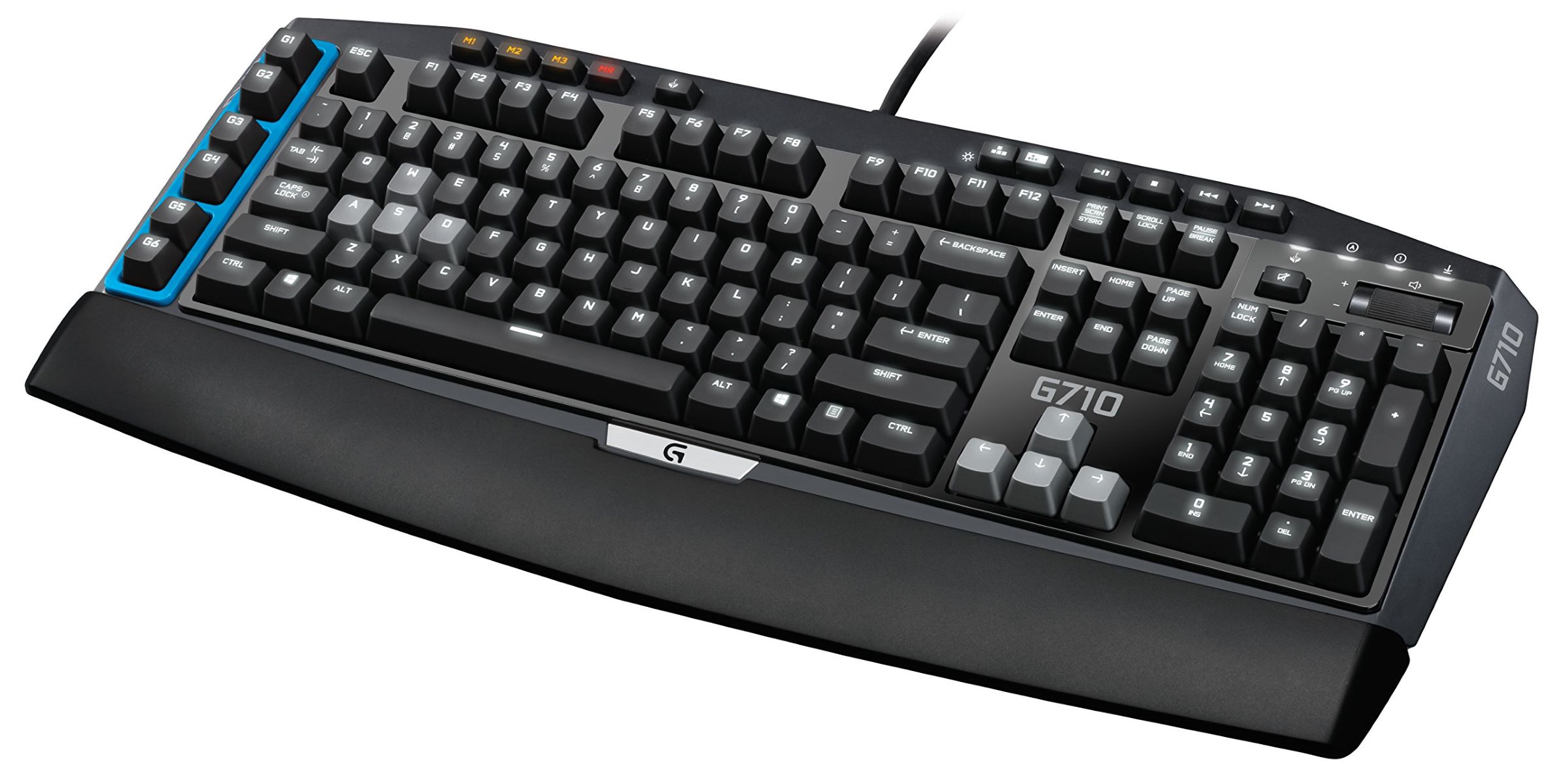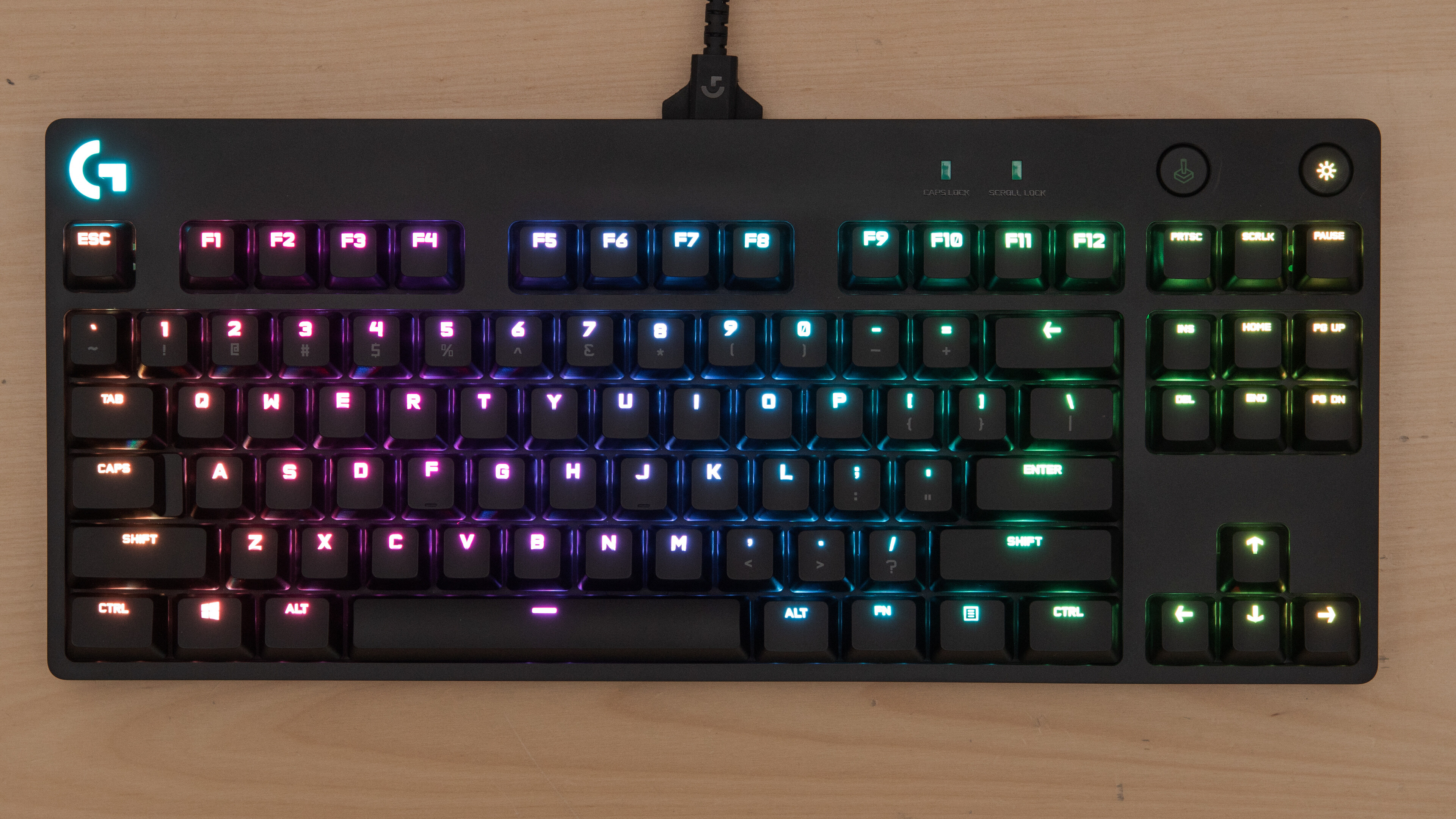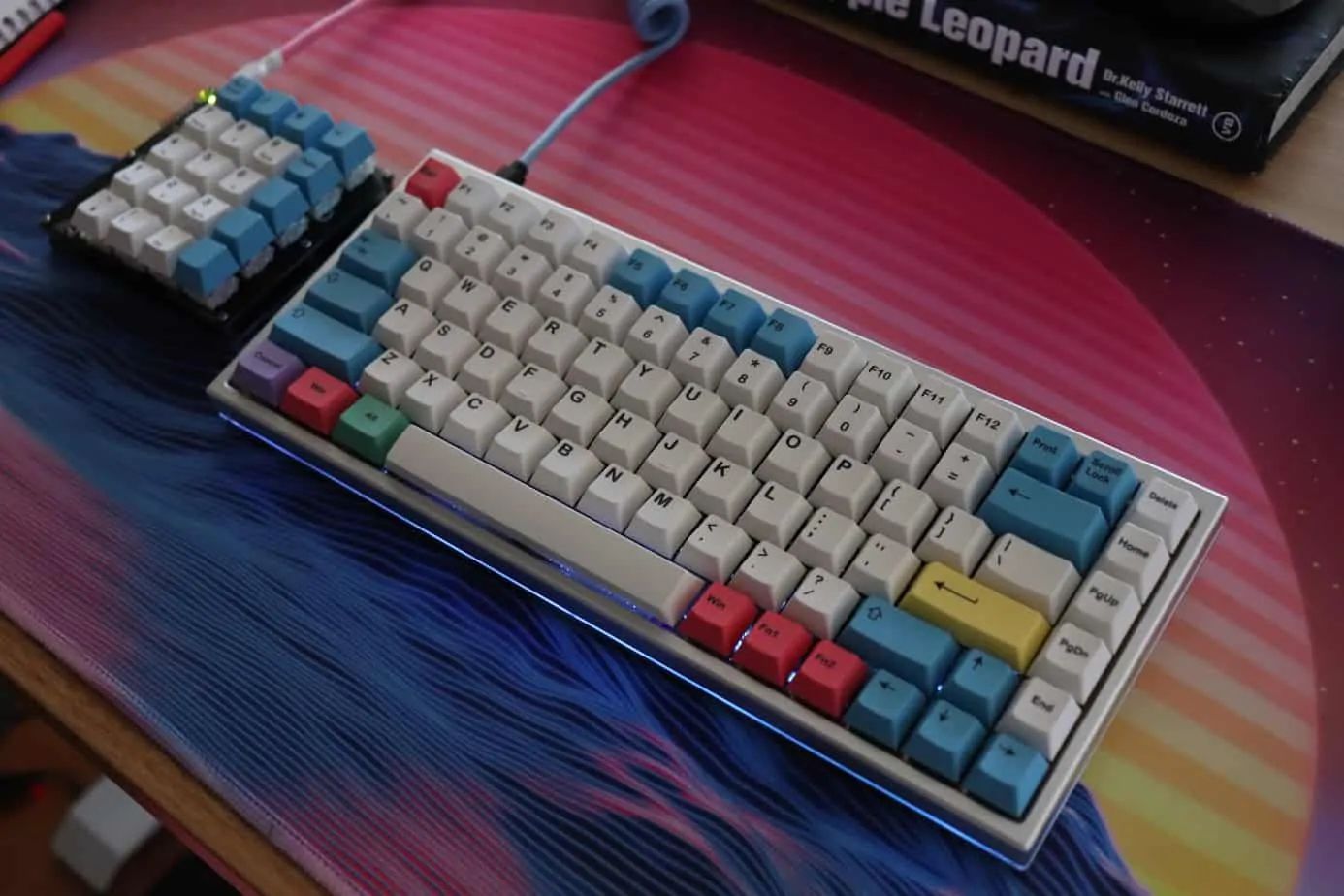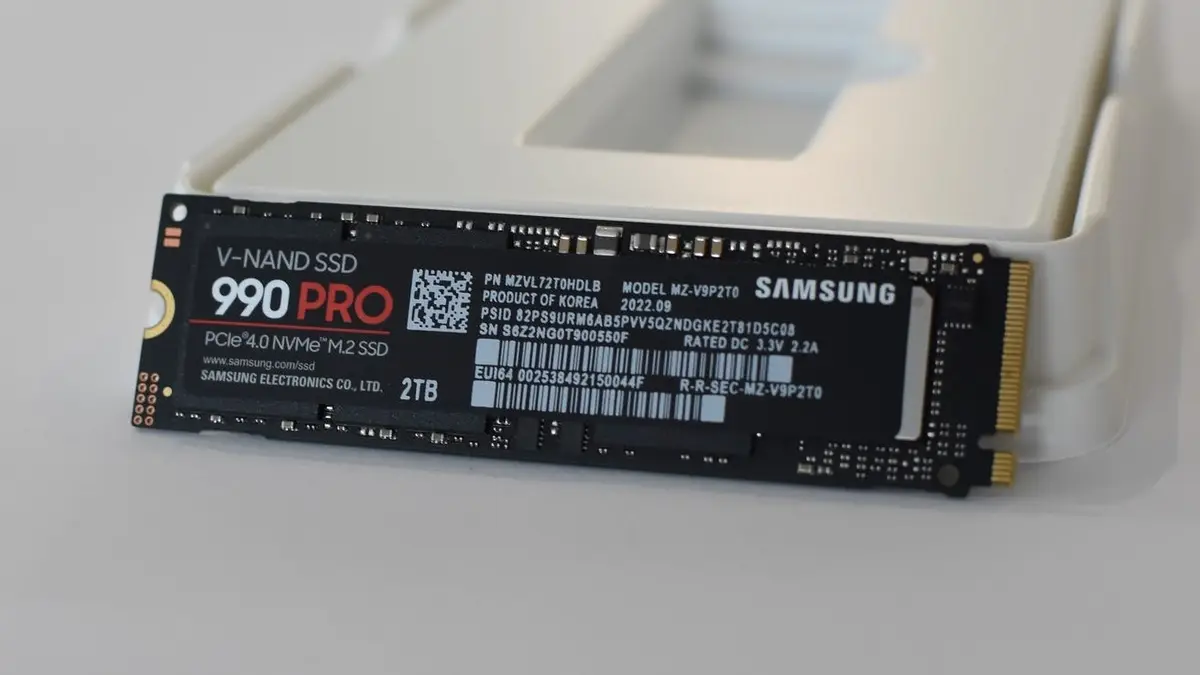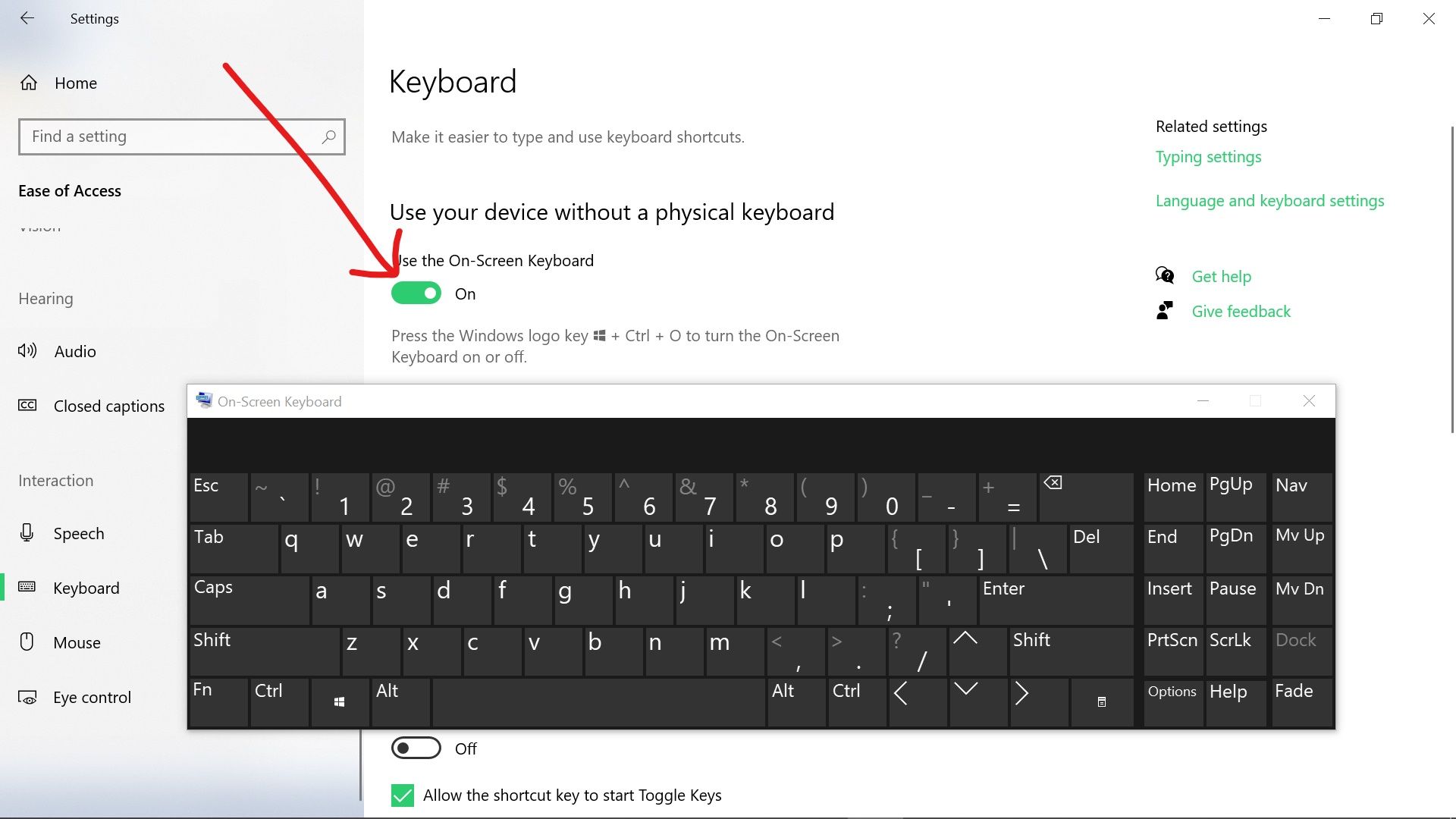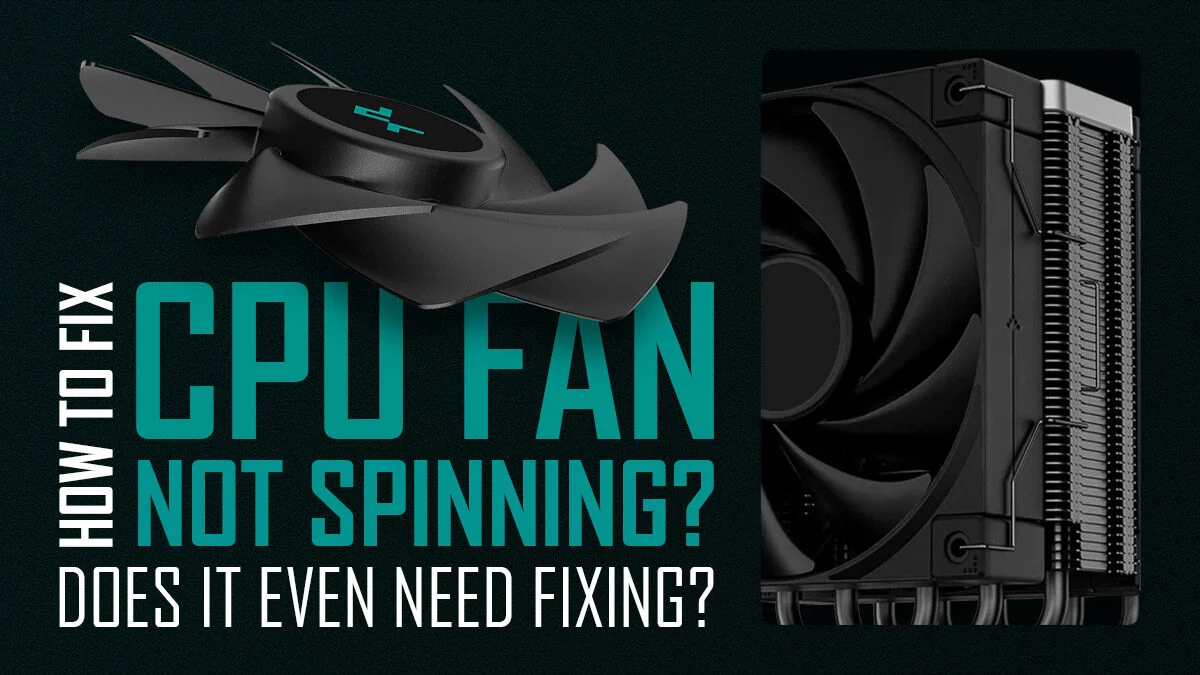Introduction
So, your flashy mechanical keyboard is acting up, and it's driving you crazy. You're not alone. Many users have encountered this issue, but fear not – there are several troubleshooting steps you can take to fix it. Before you start feeling overwhelmed, let's break it down together.
A flashing mechanical keyboard can be caused by a range of issues, from loose connections to outdated firmware. It's essential to approach the problem systematically to identify the root cause and apply the appropriate solution. This guide will walk you through the step-by-step process of troubleshooting and resolving the flashing keyboard dilemma, so you can get back to enjoying uninterrupted, clicky-clacky typing bliss.
Whether you're a seasoned tech enthusiast or a novice user, this guide is designed to be user-friendly and accessible. You don't need to be a computer whiz to follow these steps – just a willingness to dive in and get your hands a little dirty. By the end of this journey, you'll have a deeper understanding of your mechanical keyboard and the confidence to tackle similar issues in the future.
So, grab your keyboard, roll up your sleeves, and let's embark on this troubleshooting adventure together. We'll have your keyboard flashing with joy – not frustration – in no time.
Checking the Connection
Before delving into complex solutions, it’s crucial to start with the basics. A flashing mechanical keyboard often stems from a faulty or loose connection. Begin by examining the USB cable connecting the keyboard to your computer. Ensure that it is securely plugged into both the keyboard and the USB port on your computer. If using an adapter or hub, try connecting the keyboard directly to a USB port to rule out any issues with the intermediate device.
Once you’ve verified the physical connection, it’s time to investigate the software side. Check if the keyboard is recognized by your computer’s operating system. On Windows, navigate to Device Manager and look for the keyboard under the “Keyboards” section. If the keyboard is listed without any warning symbols, the connection is likely stable. For Mac users, open System Information and select USB from the Hardware section to view connected devices.
If the keyboard is not detected or shows an error in the device manager, try using a different USB port on your computer. Sometimes, a specific USB port may be malfunctioning, causing the flashing issue. Additionally, test the keyboard on another computer to determine if the problem persists across different systems. This step can help isolate whether the issue lies with the keyboard or the computer’s USB ports.
Intermittent flashing may also result from power fluctuations. If possible, connect the keyboard to a different power source or use a reliable surge protector. Unstable power can lead to erratic behavior in electronic devices, including mechanical keyboards.
By thoroughly examining both the physical and software connections, you can eliminate potential causes of the flashing issue related to connectivity. If the problem persists, it’s time to move on to the next troubleshooting step.
Cleaning the Keyboard
Over time, mechanical keyboards can accumulate dust, debris, and other particles that may interfere with their functionality, leading to issues such as flashing keys. Cleaning your keyboard is a simple yet effective way to address these concerns and restore its performance.
Start by disconnecting the keyboard from your computer and turning it upside down to gently shake out any loose debris. Be mindful of any loose keycaps during this process to prevent them from falling off. Next, use a can of compressed air to blow away stubborn dust and particles from between the keys. Ensure that the nozzle of the compressed air can is directed at an angle to dislodge debris without causing it to lodge further into the keyboard.
If there are visible stains or sticky residue on the keycaps or the keyboard’s surface, consider using a mild cleaning solution. Dampen a microfiber cloth with a mixture of water and isopropyl alcohol, then gently wipe the keycaps and the keyboard’s surface. Avoid using excessive moisture, and never spray cleaning solutions directly onto the keyboard to prevent liquid from seeping into the switches.
For a more thorough cleaning, you may opt to remove the keycaps to access the underlying switches and the keyboard’s base. Use a keycap puller or a similar tool to carefully lift off the keycaps, taking note of their original placement for reassembly. Once the keycaps are removed, use compressed air and a soft brush to clean the exposed switches and the keyboard’s interior. Take care not to apply excessive force or dislodge any components during this process.
After cleaning, allow the keyboard to air dry completely before reconnecting it to your computer. Once reconnected, test the keyboard to see if the flashing issue has been resolved. Regular maintenance and cleaning can not only address flashing keyboard problems but also contribute to the longevity of your mechanical keyboard.
Updating the Firmware
Outdated firmware can contribute to various issues in mechanical keyboards, including erratic behavior such as flashing keys. Firmware updates often contain bug fixes, performance enhancements, and compatibility improvements that can address underlying issues within the keyboard’s operation. To resolve flashing key problems stemming from firmware issues, updating the keyboard’s firmware is a crucial step.
Start by visiting the official website of the keyboard’s manufacturer to check for available firmware updates. Manufacturers often provide dedicated software or firmware update tools that streamline the process. Download the latest firmware update for your specific keyboard model and follow the provided instructions for installation.
Before initiating the firmware update, ensure that the keyboard is disconnected from your computer. This prevents any interruptions or potential damage during the update process. Once the firmware update tool is launched, it will typically detect the connected keyboard and prompt you to begin the update process. Follow the on-screen instructions carefully, and refrain from disconnecting the keyboard until the update is complete.
During the update, it’s essential to avoid any power fluctuations or interruptions. For desktop keyboards, consider using an uninterruptible power supply (UPS) to safeguard against power disruptions. Laptops should be connected to a reliable power source to ensure uninterrupted firmware updates.
After the firmware update is successfully completed, reconnect the keyboard to your computer and test its functionality. Verify if the flashing keys issue has been resolved. If the problem persists, it’s advisable to repeat the firmware update process to ensure that the latest version has been installed correctly.
Updating the keyboard’s firmware not only addresses flashing key issues but also enhances its overall performance and compatibility with different devices and software. By staying proactive with firmware updates, you can ensure that your mechanical keyboard operates smoothly and reliably.
Replacing the Cable
Occasionally, the flashing issue in a mechanical keyboard can be attributed to a faulty or damaged USB cable. Over time, cables can experience wear and tear, leading to intermittent connectivity problems that manifest as flashing keys. Replacing the USB cable is a straightforward yet often overlooked solution that can effectively address this issue.
Start by examining the current USB cable for any visible signs of damage, such as fraying, kinks, or exposed wiring. Even minor damage can disrupt the flow of data and power to the keyboard, resulting in erratic behavior. If the cable shows signs of wear or damage, it’s advisable to replace it with a new, compatible USB cable.
When selecting a replacement cable, ensure that it matches the specifications of the original cable in terms of connector type and compatibility with the keyboard. Opt for a high-quality, durable USB cable to minimize the risk of future connectivity issues. Additionally, consider the length of the cable to accommodate your setup and provide flexibility without unnecessary slack.
After acquiring the replacement cable, carefully disconnect the existing cable from the keyboard and your computer. Take note of the cable’s orientation and the port it was connected to for reassembly. Connect the new cable to the keyboard and your computer, ensuring a secure and snug fit. Avoid applying excessive force during the connection process to prevent damage to the ports.
Once the new cable is in place, test the keyboard to determine if the flashing issue has been resolved. If the problem persists, consider testing the keyboard with a different computer using the new cable to verify that the issue is not related to the original computer’s USB ports.
Replacing the USB cable is a cost-effective and practical solution that can swiftly eliminate flashing key problems caused by cable-related issues. By maintaining a reliable and sturdy connection, you can enjoy uninterrupted usage of your mechanical keyboard without the frustration of flashing keys.
Contacting Manufacturer for Support
If you’ve diligently attempted the troubleshooting steps outlined above and the issue of flashing keys persists, it may be time to seek assistance directly from the manufacturer. Manufacturers of mechanical keyboards often provide dedicated customer support channels to address technical issues and provide guidance for resolving persistent problems.
Before reaching out to the manufacturer, ensure that you have relevant information readily available, such as the keyboard’s model number, purchase date, and a detailed description of the issue. This information can expedite the support process and enable the manufacturer’s representatives to offer tailored assistance.
Start by visiting the manufacturer’s official website to locate the support or contact section. Many manufacturers offer live chat support, email support, or a dedicated support hotline for technical inquiries. Choose the communication channel that best suits your preference and initiate contact with the manufacturer’s support team.
When communicating with the manufacturer’s support representatives, provide a comprehensive overview of the troubleshooting steps you’ve already taken, including checking the connection, cleaning the keyboard, updating the firmware, and replacing the USB cable. Describe the specific symptoms of the flashing keys issue and any patterns or triggers you’ve observed. This detailed information can help the support team assess the situation more effectively.
Be prepared to follow any additional instructions or diagnostic steps recommended by the manufacturer’s support team. They may request specific information or ask you to perform further tests to pinpoint the root cause of the issue. Cooperating with their guidance can lead to a more accurate diagnosis and targeted resolution.
If the issue is determined to be a hardware fault or a manufacturing defect, the manufacturer may offer warranty coverage or provide instructions for initiating a repair or replacement process. Alternatively, they may offer advanced troubleshooting steps or specialized tools to address the issue independently.
By reaching out to the manufacturer for support, you can leverage their expertise and resources to tackle the flashing keys issue comprehensively. Their insights and guidance can offer a path to resolution, ensuring that you can enjoy your mechanical keyboard without the disruption of flashing keys.







